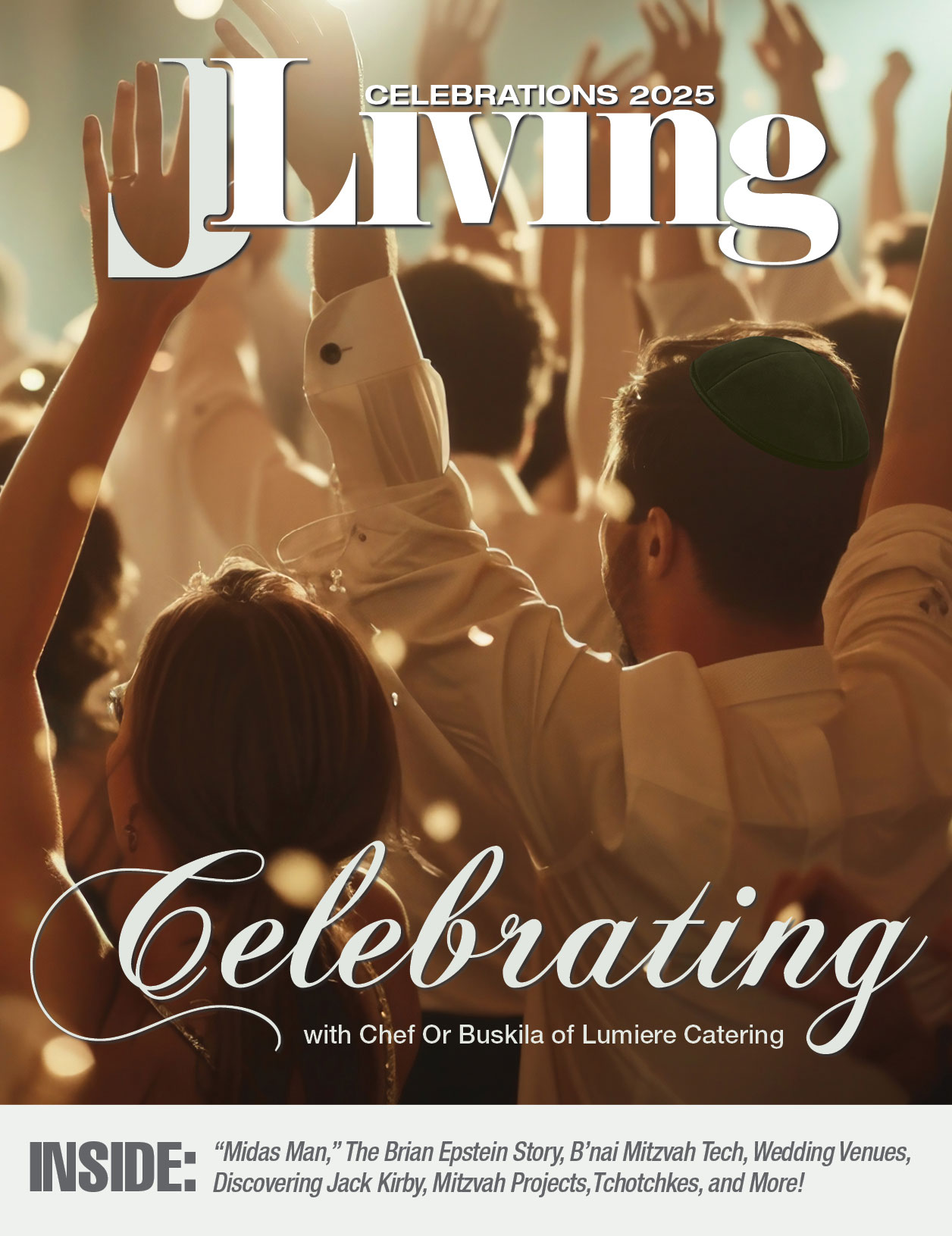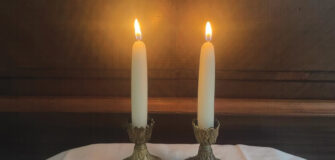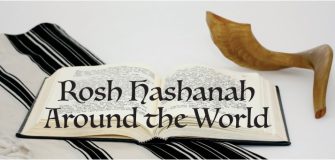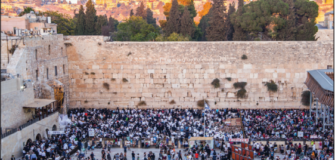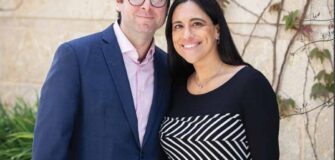Mishegoss – Jewish Year of 1964
A Look at the Jewish Year 1964
Broadway’s Golden Jewish Year
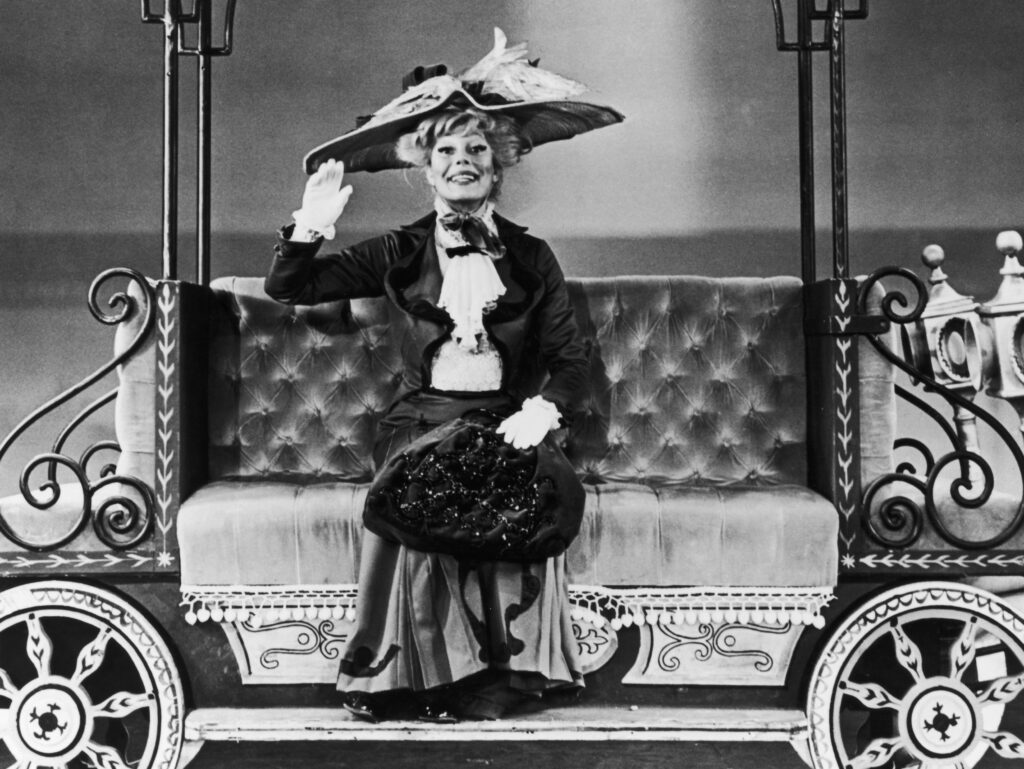
The year started o with Carol Channing starring in the title role of “Hello Dolly,” written by the Jewish musical theater team of Michael Stewart and Jerry Herman. One would assume that Dolly was Jewish, as a widow of Ephraim Levi and living in Yonkers, but she wasn’t. Over the years, many actresses have played Dolly, and while some have played her as Jewish, a number did not.
But starting in 1964, Channing always felt that Dolly was a Jewish role, as she stated, “See, from my own personal experience, I’ve found that you turn Jewish when you’re married to a Jew.” And it seemed to work, as she won a Tony for her performance, beating out Barbra Streisand, who was starring in “Funny Girl.”
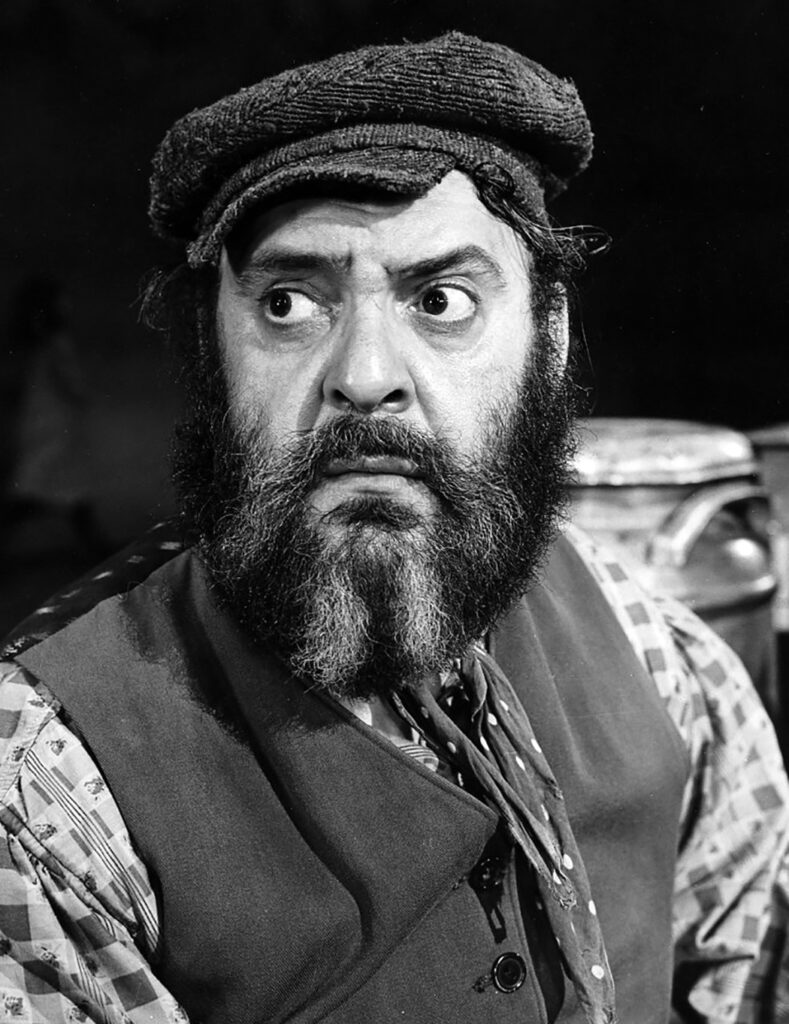
“Funny Girl” opened on March 26, with Streisand taking the role of comedienne and Broadway star Fanny Brice. The show propelled Streisand’s career, promoting a story of ethnic rebellion against conformity, becoming a symbol of pride for a generation of Jewish Americans.
But past Dolly and Fanny, the character that made 1964 the golden year was the introduction of Zero Mostel as Tevye in “Fiddler on the Roof!”

“Tradition,” “If I Were a Rich Man,” “L’Chaim” and “Matchmaker, Matchmaker” are familiar tunes that have become part of our DNA. The story in the village of Anatevka of Tevya’s daughters questioning tradition and the impending pogroms did not hide its Jewish content, but proudly put on display the ultimate Jewish show.
Eleventh Plague: Earthquake in Alaska
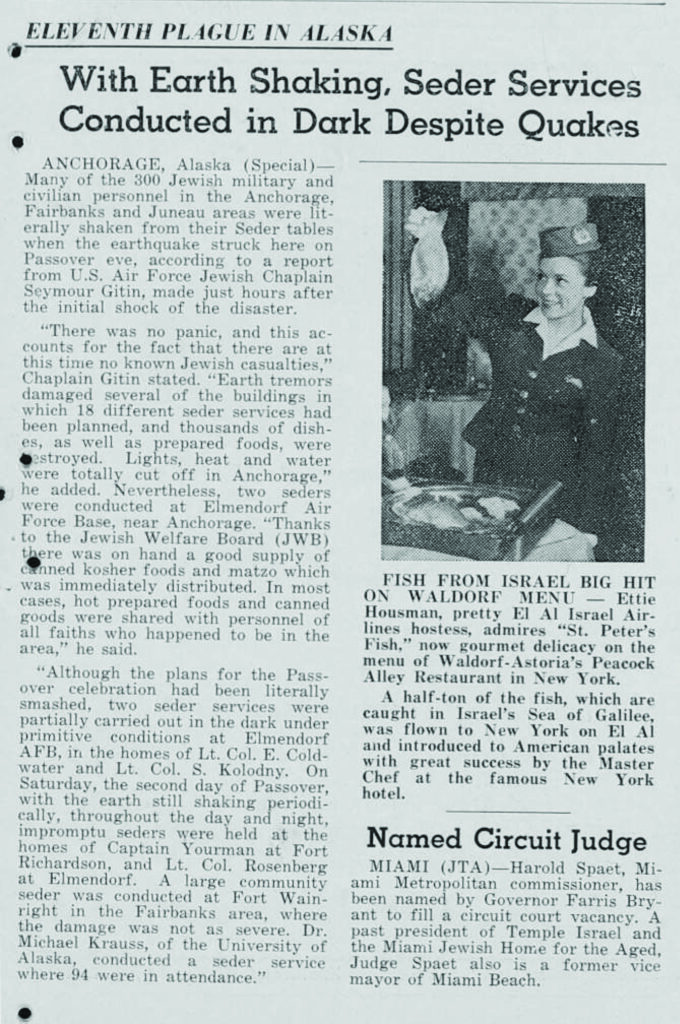
On March 27, 1964, the Great Alaska Earthquake hit with a magnitude of 9.2 on the Richter scale. While the 5:42 p.m. earthquake is often regarded as the Good Friday Earthquake, it also took place during Passover ceremonies.
News reports cited that more than 300 Jewish civilians and members of the military were shaken from their Seder tables when the earthquake struck. U.S. Air Force Jewish Chaplain Seymour Gitlin reported that there were no known Jewish casualties. As water and electricity were cut, the Elmendorf Air Force Base distributed canned kosher foods and matzah. Two seder services were carried out in the dark at the base homes of two Jewish lieutenant colonels. ‑The next day, as aftershocks continued, people held impromptu seders throughout the base.
The Vanishing Jew
On May 5, 1964, Look magazine ran a cover story titled, “e Vanishing American Jew,” written by omas Morgan. The article concluded that American Jews may be extinct by the 21st century. The article focused on the rise of intermarriage, leading to the possibility that 70% of children would be born to mixed couples.
With Jews reproducing at a lower birth rate, the article estimated that Jews would fall from 2.9% to 1.6% of the United States population by the year 2000. Well, Look magazine lasted only a few more years, and in the latest American Jewish Population Project study in 2020, the Jewish population of the U.S. was a strong 2.4%, and many studies have shown that intermarriage has led to an expansion and renewal of American Jewry. As the saying goes: We survived, let’s eat!
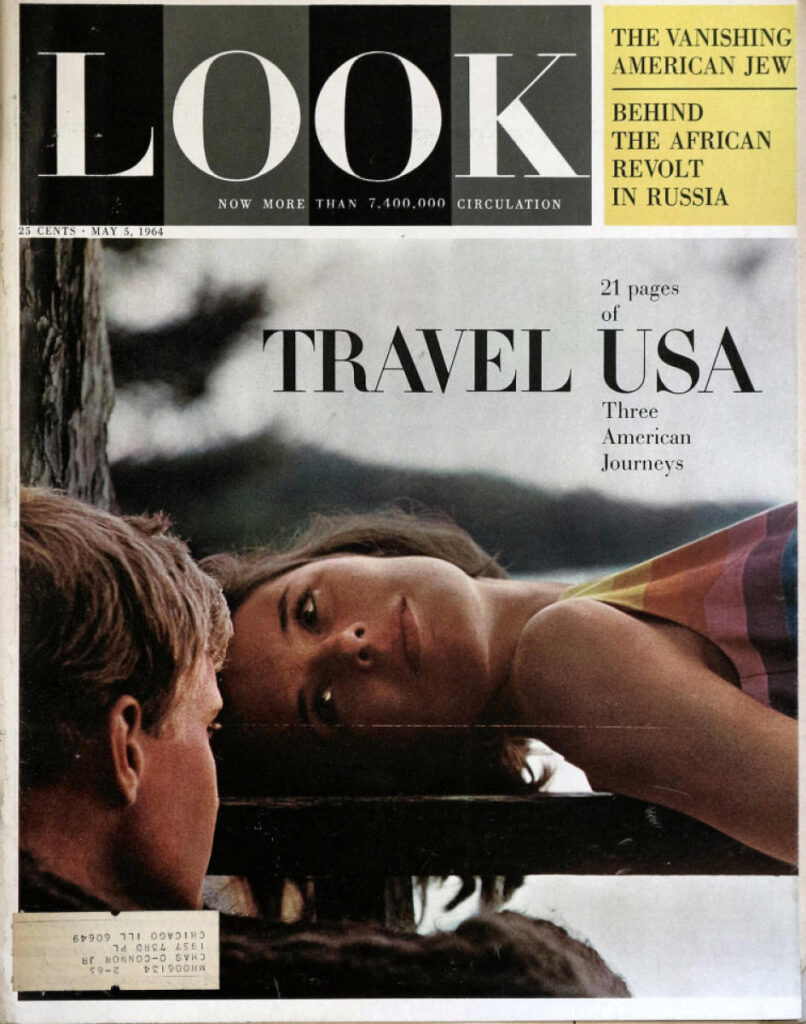
Stephen S. Wise
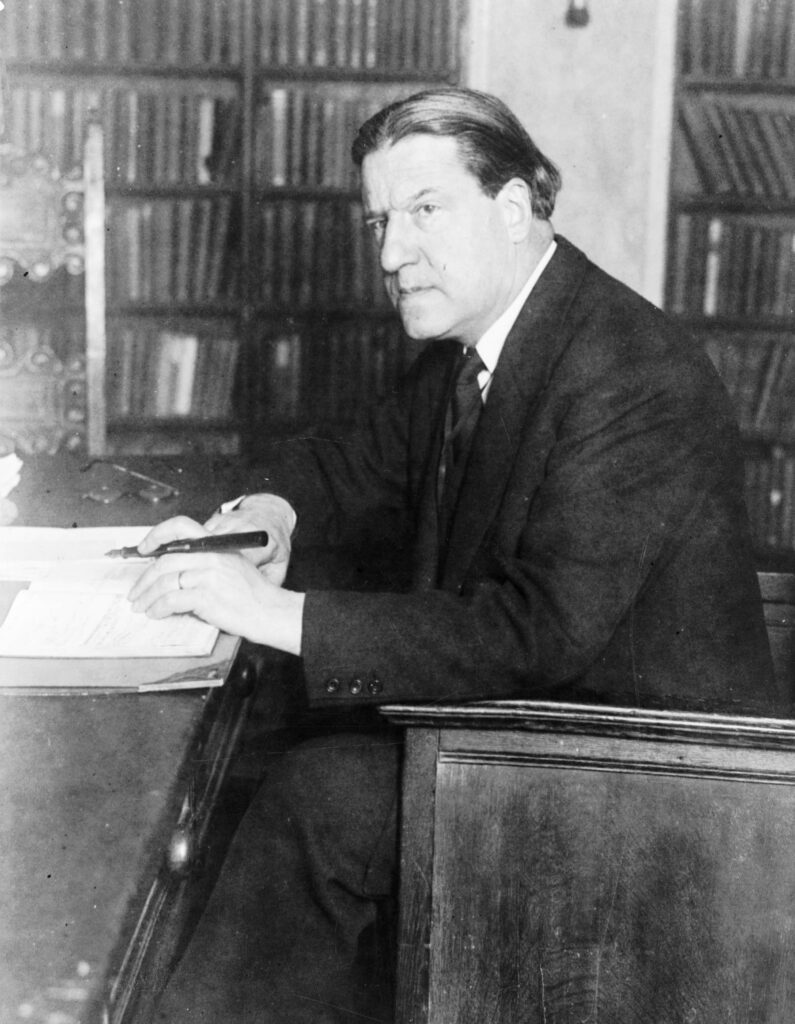
In 1964, with a congregation of just 35 families, Rabbi Isaiah Zeldin left Temple Emmanuel in Beverly Hills to start a temple named after a Rabbi whom he had studied under, Stephen S. Wise. Although little known today, Rabbi Wise was a driving force in American Judaism.
Born in Budapest as the son of a conservative Rabbi, he came to New York City as a child and became a reform Rabbi. One of Wise’s pivotal moments was when he attended the Second World Zionist Congress and heard Theeodore Herzl speak, leading to a future where Wise led the reform movement to promote the Zionist cause.
Wise is credited with imbuing the American Reform movement with the founding of Tikkun Olam, Zionism and Klal Yisrael, a common destiny and kinship of the Jewish people. He became one of the founding members of the NAACP and later led many protests against Nazi threats. It was at one of those protests where Rabbi Zeldin first met Rabbi Wise.

